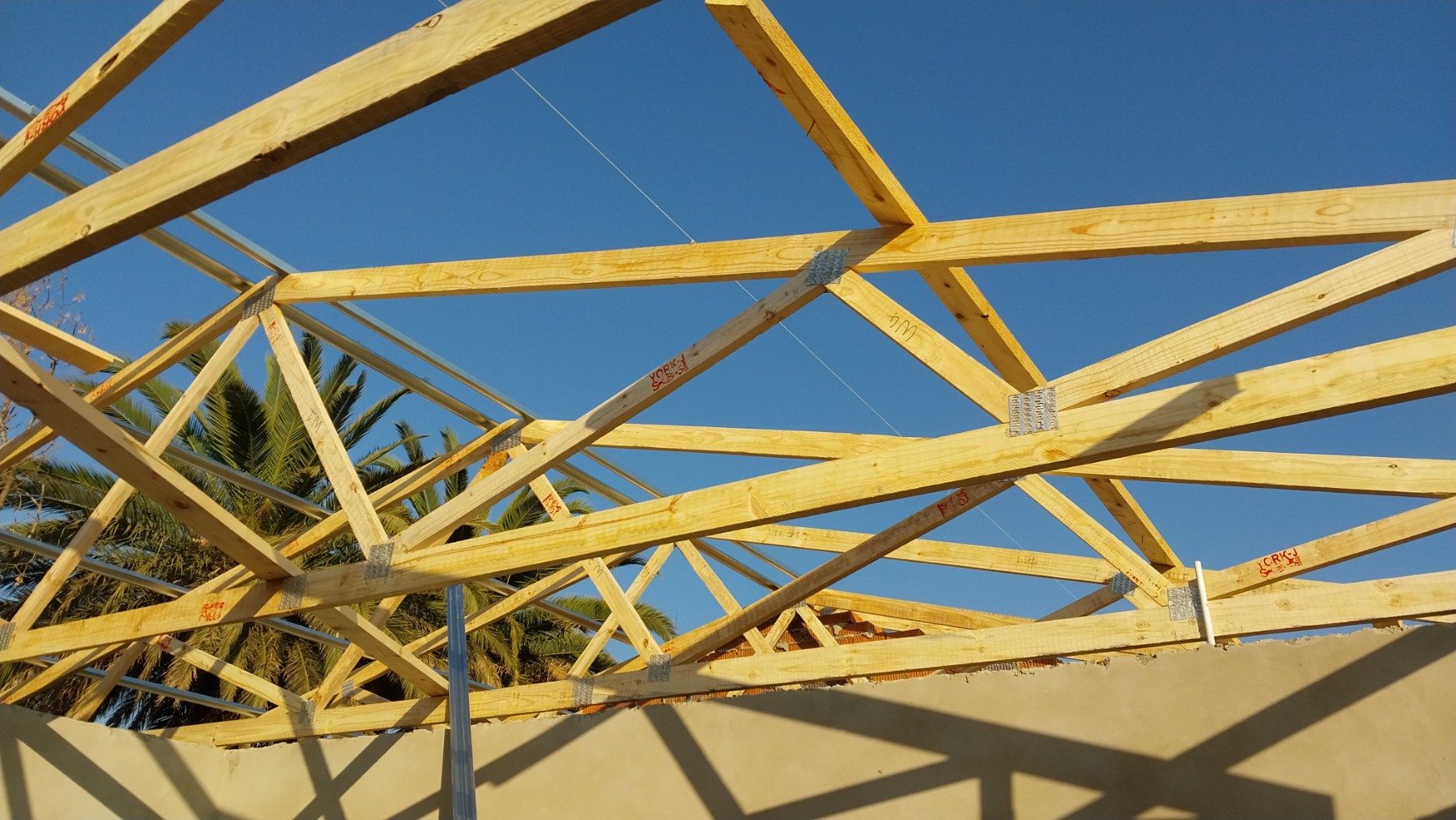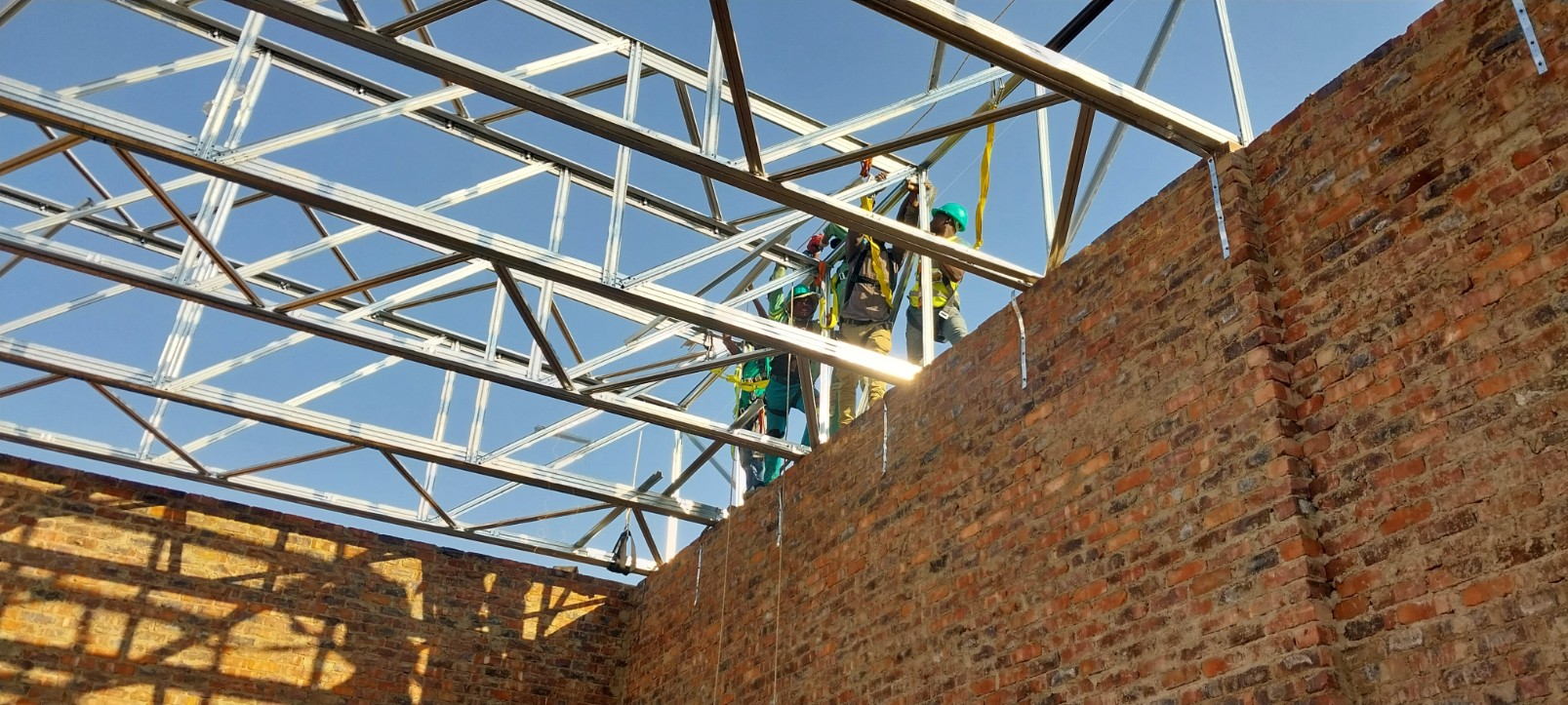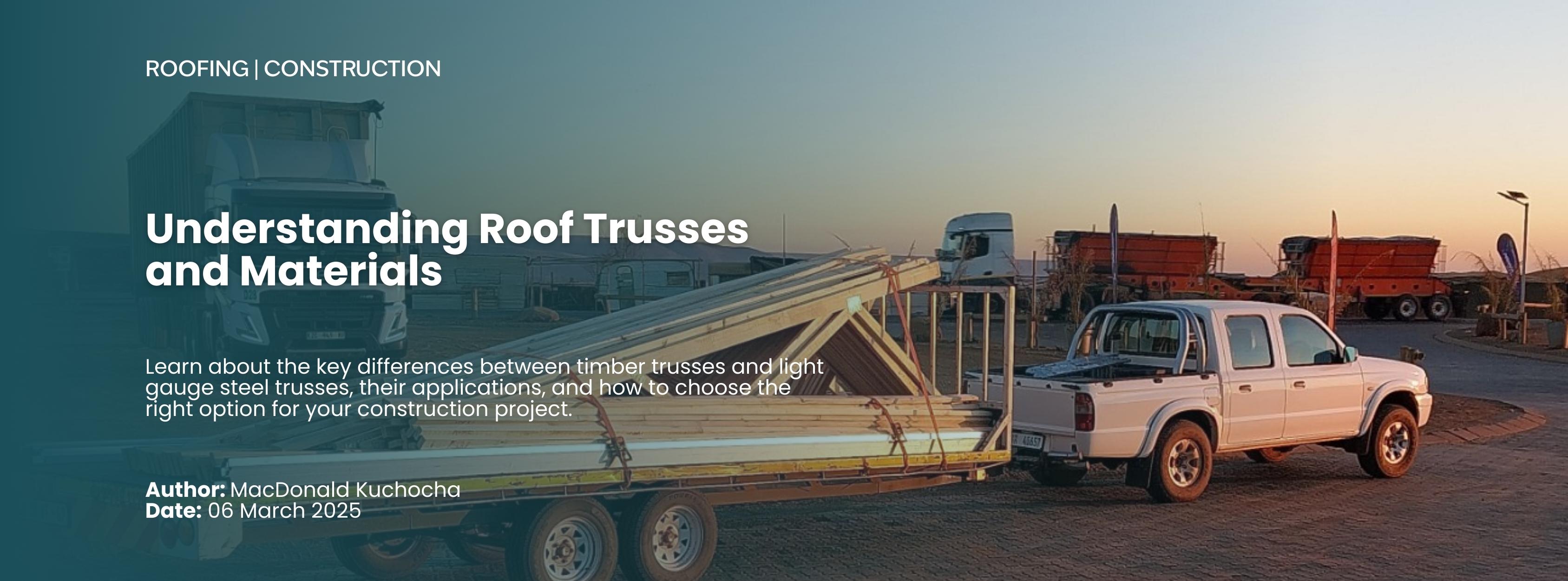Building a home isn’t just about walls and interiors—it starts at the top. Your roof should last as long as your home (of course with some maintenance), making it a crucial investment that deserves careful consideration. Since it’s such a significant investment that protects everything beneath it, this is what you need to know to make an informed decision.
Roof trusses aren’t just beams holding up your roof; they’re engineered frameworks designed for maximum strength, efficiency, and durability. At Roof Brands, we specialize in helping homeowners make the right choices by providing education, expertise, and access to the best roof truss solutions.

Understanding Roof Trusses
A roof truss is more than just a beam of wood or steel—it’s a structural system of interconnected triangles designed to evenly distribute weight from the roof down to the walls. Since the earliest shelters, roofs have served one primary purpose: protection from the elements, especially rain. The triangular configuration is ideal for this, facilitating effective water runoff while providing superior load distribution.
It’s often said that the strongest geometric shape is the circle (think of ancient domes and round huts), but in practical construction, the triangle comes in a close second. Its three sides allow for optimal load distribution, making it a natural building block for trusses and ensuring stability and structural integrity.
By contrast, traditional rafters are single, straight beams that lack triangulation and the inherent resistance to bending that trusses provide. While rafters may be suitable for small spans or flat roof sections, when it comes to long-term durability and preventing deflection, trusses are the superior choice.

Choosing the Right Material: The Complementary Relationship between Timber & Light Gauge Steel Trusses
Selecting the right roof truss material is one of the most important decisions in home construction. At Roof Brands, we offer two materials which complement each other, and we assist you in selecting the appropriate one for your specific building project.
Timber Trusses
- The preferred choice for residential projects
- Ideal for spans ranging from 4 to 12 meters
- Fabricated in a controlled factory setting, making them suitable for complex, non-uniform designs, such as the popular Hip or Scotch Roofs
- A proven, durable, and aesthetically pleasing solution
- The strong fibers of timber provide an excellent surface for gang nail connections, ensuring structural integrity
Light Gauge Steel Trusses
- Significantly lighter (approximately 6–7 kg per square meter compared to timber’s 15–20 kg/m²)
- As the name suggests, i.e., Ultra (big) Span, this solution is targeted at commercial and industrial projects such as warehouses, churches, and shopping centers
- Also suitable for affordable housing or repetitive, simple designs
- Not suited for complex roof designs—timber remains the preferred option for intricate structures The choice between timber and steel depends on several factors: design complexity, budget constraints, and environmental considerations.
Each material offers distinct advantages that make them suitable for different applications, and our experts at Roof Brands can guide you through this important decision-making process.
So what will you choose?
In conclusion, selecting the appropriate roof truss material is a pivotal decision in home construction, influencing both the structural integrity and aesthetic appeal of your residence. Timber trusses are often favored for residential projects due to their versatility and natural appearance, making them ideal for complex designs and spans ranging from 4 to 12 meters. Conversely, light gauge steel trusses, being significantly lighter, are well-suited for commercial and industrial applications, as well as straightforward residential designs. Each material offers distinct advantages, and at Roof Brands, we are dedicated to guiding you through this selection process, ensuring your roof not only complements your home’s design but also stands the test of time.


